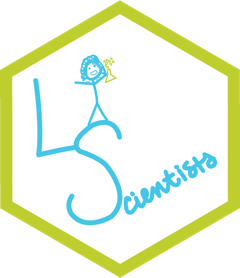GUEST POST: Finals Prep: Effective Studying Methods
Cover Image by Sam Jotham Sutharson from Pixabay
By Julia Donald
Julia Donald is a staff writer for Central Bucks West’s Court Street Press. She is currently a junior in high school and plans to study child and developmental psychology in the future. In her free time, Julia dances for Momentum, her dance studio’s company.
Note: A version of this blog was previous published in Court Street Press
As the first semester quickly comes to a close, many students find themselves overwhelmed with final assignments, studying for final exams, and the seemingly never-ending second half of winter that waits for them. With the impending doom of final exams, students are faced with the most challenging part of studying- starting. Students often find themselves lost and drowning in a sea of information that they need to be able to recall all in just a few weeks. Unsure where or how to begin retrieving this information, many fall back into the familiar comfort of procrastination.
Due to procrastination or jam-packed schedules, last minute cramming is a tool that many students utilize when it comes to exams. Although pulling an all-nighter, cramming an entire course’s worth of knowledge with the support of caffeine, may give students gratified results, this method is not ideal for content that will be needed again in the future, nor is it helpful for cognitive performance during the exam.
So, what study methods should students be using? Each student can find the specific technique that works best for them, but advantages have been seen most in creating a study schedule, followed by forms of active studying such as spaced practice and retrieval.
For long-term exams, it can be beneficial to create a study schedule to help pace yourself and hold yourself accountable. This may look different for every student, but a good basic outline includes starting with content from the beginning of the year and studying recent information closer to the exam. Additionally, students can portion out their studying. For example, giving yourself six thirty-minute blocks of studying rather than 3 hours straight will help solidify information between blocks and prevent burnout.
Spaced practice helps strengthen students’ memory by allowing their brains to forget information in between studying blocks so that it can later be retrieved and ultimately better endure. Retrieval, a technique that entails pulling information out of long-term memory, can help re-solidify memories and strengthen connections between neurons. This method can be utilized through brain dumps, defining terms or answering open-ended questions without the help of notes, and many more processes that all help students discover what they truly know or do not know. This can allow students to focus attention on content that may need additional studying.
The inverse of active studying, passive studying consists of familiarizing the brain with information, but not doing enough for it to stick. This is a great technique to begin with: reading over notes or watching videos can help reintroduce content. However, passive studying can create a misleading sense of familiarity, ultimately failing to help students recall knowledge when the exam comes around. A great way to confirm knowledge is to try teaching it to somebody else. Familiarity creates a false sense of confidence, but being confident enough to teach the information shows that you are on the right path. Paired with active studying methods, familiarity can work well to help re-solidify knowledge and prepare students for their exams.
Many AP courses span over two or three marking periods, sometimes in the first half of the year. With May AP exams seeming far away, students need to utilize effective study methods for unit exams, midterms, or final exams in order to better sustain information for the long term.
No matter the class, the information you learn will most likely be helpful and show up again in the future. While many complain about and question the usefulness of topics such as calculus in their real lives, material often connects between courses and shows up on standardized tests, as well as in college. Retaining this information in the long-term will benefit future you.





